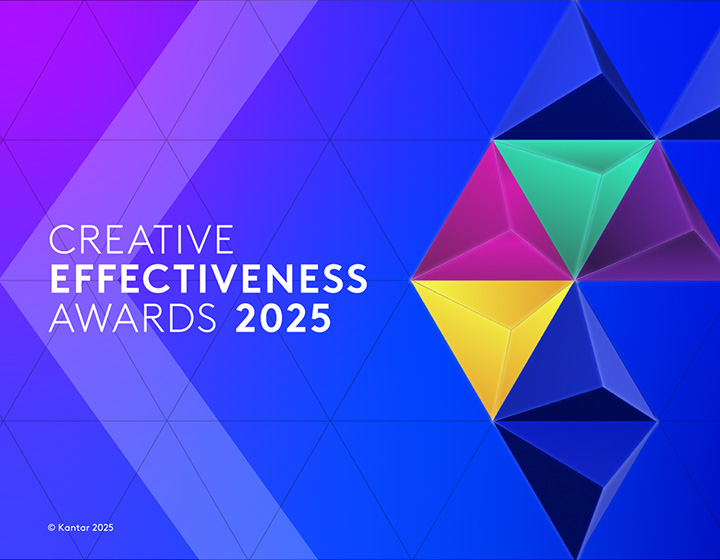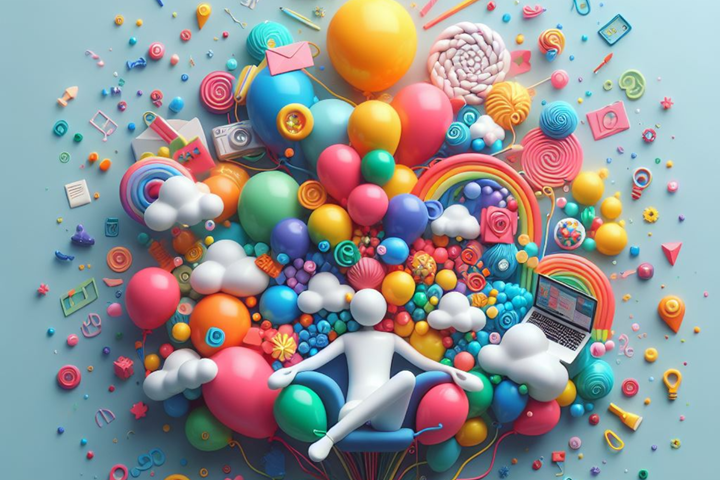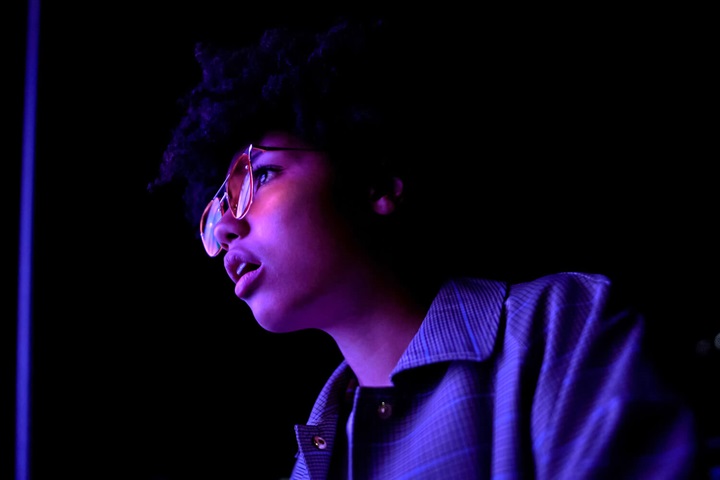70 years after Cannes Festival of Creativity’s inception, humour made its grand entrance at Cannes with its very own awards in 2024. And not before time: Kantar's data reveals that the proportion of ads that use humour as a creative strategy has dropped from 53% to 34% globally across all channels since 2000, and even more strongly in digital/social – an uncomfortable surprise given most of the social media universe and most successful content are dominated by humour.
The use of humour in advertising over time

To understand why it matters and what makes funny, funny we hosted a session featuring new Kantar insights, TikTok comedic superstar Rob Mayhew, McCann’s Effie-winning Global Head of Effectiveness Jamie Peate and VCCP’s IPA Grand Prix-winning CSO Claire Hutchinson.
So, why have brands gone flat?
One theme from our Cannes session was certainly that global recession and the pandemic have sensitised brands into playing it ‘safe’. In tough times brands can feel comedy is inappropriate and out of step with the cultural mood – yet all the evidence highlights consumers feel the opposite way. The tougher the economic context, the more we crave escapism and light relief.
Jamie Peate made another powerful case: “Brands and the industry are focusing on themselves and not on the audience and people – it's as though there's a collective existential issue about not being taken seriously, internalising the idea that if we’re funny then we’re not taken seriously”.
This type of mindset can lead to moving away from the ‘craft’ and fixating on finding a magic formula to achieve effectiveness. This often results in a headspace where it’s harder to simply lighten up.
The point is that there is no single ‘magic formula’ when it comes to creativity. The real magic comes when brands break this mold by embracing humour and making people feel good, even the typically less ‘fun’ sectors can manage to engage their audiences effectively.
For example, Thai housing brand Sammakorn faced an issue where people confused them for Sanpakorn, the country's revenue department, and kept contacting them related to their tax questions. The brand took home a Gold Lion in Film for the use of humour with ‘Sammakorn Not Sanpakorn’ campaign where they addressed their branding problem brilliantly, with a self-deprecating humour. A great example of where creativity can take you when you opt for a playful approach to tackle your brand’s challenges.
Sammakorn ‘Sammakorn Not Sanpakorn’
Another potential barrier is the reality that modern campaigns are no longer born TV-first. They’re connected to live and breathe across the ever-evolving ecosystem of channels, so they flow ‘at the speed of culture’.
That’s a tougher, more complex task. But it also means campaigns are being created at a far faster pace, leaving less time for the most important ingredient of all: craft. The most brilliant creative work – whatever the medium - benefits from experimentation and refinement. And then more refinement. Brilliant work shines because it’s polished – and some of the most powerful work of all shows that humour can be the glue that ties a multichannel campaign together.
During the end of last year Uber launched ‘Trains, now on Uber’ multi-asset campaign in the UK to promote its train booking feature, which included various types of content including TV, video, out-of-home (OOH) posters and paid social media collaborations. The common foundation of these different assets was the use of humour. The ads ‘Gina’ and ‘Mark’ from this campaign were awarded Gold Lions in Film for the use of humour this year. Kantar had tested ‘Gina’ along with two influencer-generated TikTok contents from the same campaign as part of Kantar and Affectiva’s collaborative attention webinar earlier this year, which showcased how humour can be that secret ingredient to grab the attention of different audiences with your multi-channel campaign.
Uber | Gina campaign’s performance

What makes humour worth it?
One factor that has changed over recent years is how in a social-media fueled culture where everyone and everything is scrutinised relentlessly – including brands – marketers have a heightened sensitivity. As Claire Hutchinson, Chief Strategy Office at VCCP pointed out, navigating the currents of cancel culture requires a delicate balance.
The key here is having a strong client-agency partnership and creative culture where teams feel empowered to take these risks and embrace vulnerability.
The commercial benefits to brand are transformative. Humour is a great tool for creative effectiveness, and arguably the single most powerful tool in the creative toolbox. It helps to stand out creatively, elevates an ad’s enjoyability, engages its viewers emotionally and – critically – leads to stronger branded memories in consumers’ minds.
Pretty incredible, right? You’d have to be brave – or mad – not to want some of that effectiveness sauce for your brand.
But, like all creativity, not all humour is created equal. Recent Kantar LINK data shows that in order to be effective, humour must be connected to the brand. A strong connection to the brand creates a massive impact multiplier effect, from average to strong both for short and long term effectiveness.
Humour must be connected to your brand

One example is one of the most awarded campaigns in Cannes: ‘Michael CeraVe for CeraVe’ which grabbed 9 Lions. The campaign was built to generate buzz on social media around the gossip that Michael Cera is the mastermind behind the CeraVe brand, through collaborations with content creators, which then led to the grand reveal at the Superbowl.
Kantar’s LINK+ for Digital in Instagram shows it uses the perfect balance of humour, crafted to fit Michael Cera’s own style, with a core idea that revolves around the brand. The result: one of the most engaging ads in the US in our entire creative database. database.
CeraVe | ‘Michael CeraVe for CeraVe’ campaign’s performance

So sure. Being funny may feel counter-intuitive, challenging and out of the comfort zone. But that can’t be used as an excuse - nor can all the best brand-building creativity. And all the evidence shows humour is indeed too important not to take very seriously.
The key is to tune into your audience, stay true to your brand and its core idea, and set it free by allowing yourself and your creative teams to lighten up and play. When you do, you’ll create more memorable and engaging campaigns that build strong brand sales and price power.
At Kantar we help brands test from early-stage ideas to final execution in-context faster and easier with our LINK+ ad testing solution, to ensure that your brand’s humour connect appropriately and effectively.
Get in touch if you want to find out more about how LINK+ can elevate your ad testing and request a demo.








